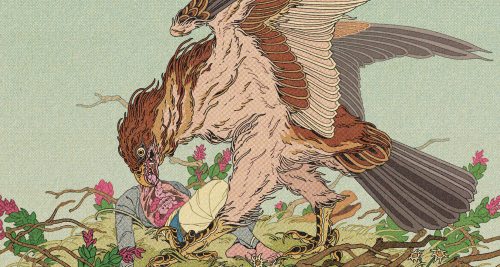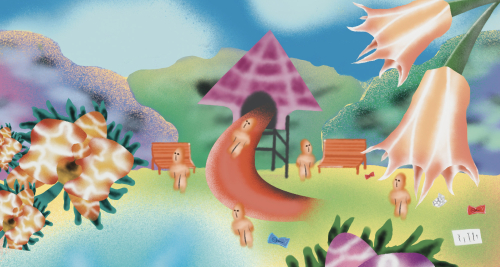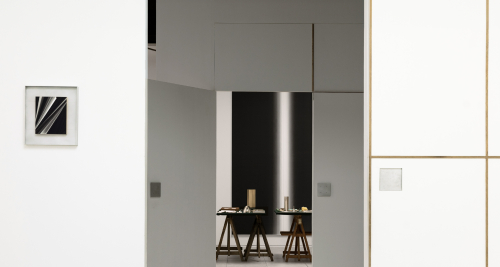Herons on the 12th House: Between Symbols, Predictions, and Reality
Srisasanti Gallery recently launched Herons on the 12th House, a solo exhibition by Cecil Mariani. The showcase features more than 30 works that combine drawing, printmaking, and alternative materials that explore and respond to the figuration of the heron as a visual and philosophical anchor.
Cecil Mariani has always had a fragmented artistic practice that goes beyond the constrictions of definition, evident in the range of projects that she takes on, from deeply personal retrospectives to embracing collective work to enrich the landscape of Indonesia’s art and culture. Despite this, her work remains consistent in its thematic approach, where Cecil takes an interest in commodification, gender, and the pursuit of alternative economies. Her creative practice becomes more than just an aesthetic exercise, but an expression and instrument of Cecil’s interest towards social movements; as she blends art, design, and activism to participate in social transformation.

In this exhibition, Cecil turns to the heron as a symbol of ancestral lineage, signifying its adaptability and resilience in conditions that demand their species’ survival or displacement. In fact, these traits have been what kept generations of herons alive; a nod to the inherently human traits that we share– and can continue to learn from– with the heron. On the other hand, the “12th House” aspect of the titular theme refers to the astrological house of endings: a convergence of death and life. Together, Herons on the 12th House is a ritual of divination, where Cecil arranges a constellation of questions, codes, and subtle signals of change to coexist in its space.
The exhibition highlights the tension between two opposing forces: the intuitive act of divination and the rational labor of calculation. The spirituality of fortune-telling and art-making faces a contradiction (in materialities) when enforced into an economic system, where their form/function is usurped for constant production, and its engagement becomes commodified. In these cases, the labour of pausing within these acts becomes erased, and they must endure the hyper-productive time and results in the sanitation of personal expression to adhere to the rhythms of the capitalist market.
Drawing upon her skills as a graphic designer, Cecil manipulates AI-generated images by doubling and mirroring them asymmetrically, disrupting the space and unsettling visual perfection. These digital images are then reinterpreted through manual processes, driven by her material experimentation with gum oil, tea printing, and UV print lightboxes. In this process, the artist becomes a manual laborer for digital images she co-created with an automated “fortune-telling” machine.

Through Herons on the 12th House, Cecil Mariani confronts the contradictions between artistic expression and market demands by emotionally and spiritually distancing herself from the process of creation. Her work invites audiences to reflect on the relationships between labor, spirit, technology, and the economic systems that constitute contemporary art, which is then expressed through the framework of semiocapitalism. Ultimately, Cecil asks the important questions of: Why do we make art? And what changes when art becomes labor?
Herons on the 12th House is open to the public from June 13 to August 10, 2025. Exhibition hours are Monday to Friday, 12:00–19:00 WIB, and Saturday & Sunday, 12:00–20:00 WIB at Tirtodipuran Link Building B, Yogyakarta. The exhibition text is written by Brigitta Isabella. The catalog is published in a limited edition and is available at the gallery space.



















